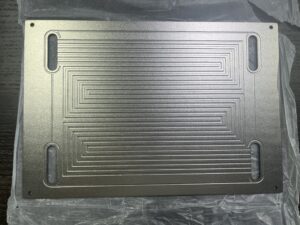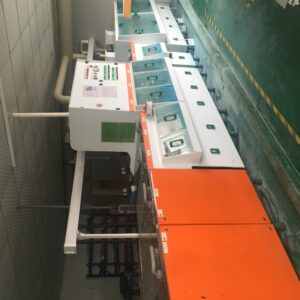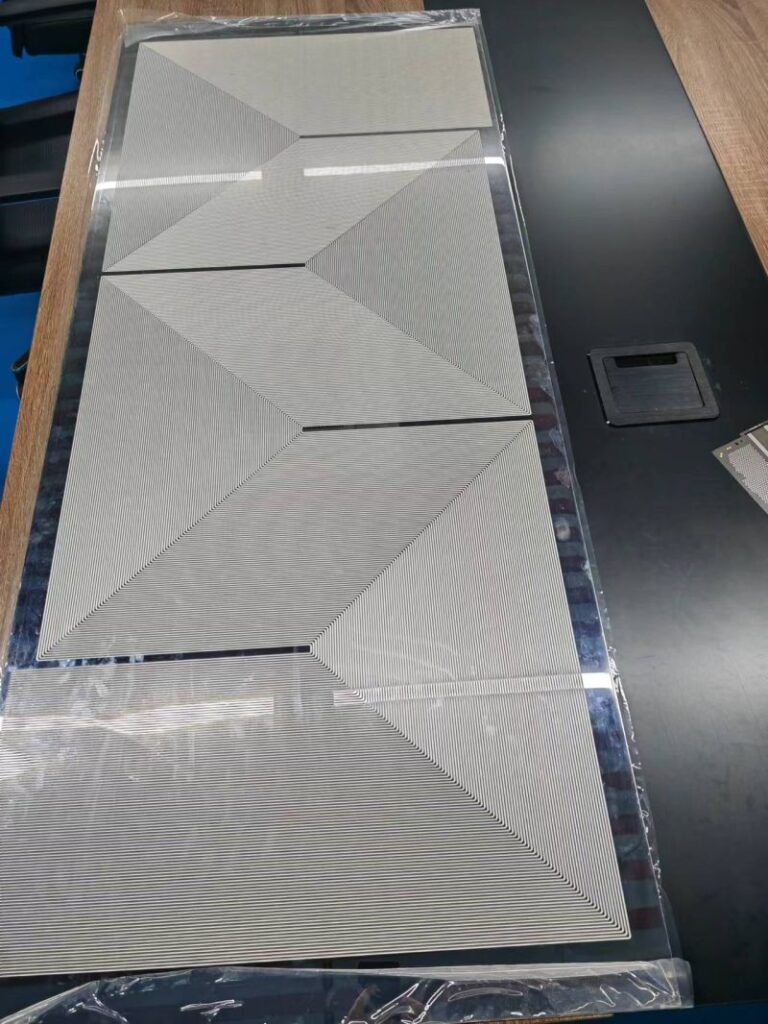You may not know this, but in fuel cells—the real heroes of clean energy—everything depends on the bipolar plate. The plates aren’t only there for support. They deal with electricity, the transport of gas, and temperature control. As a result, enhancing website pages is very important.
For products to be strong, durable, and affordable, researchers and engineers are finding new ways to use materials, such as thermoplastic composites, nitrided metals, and porous foam. We will explore how new raw materials are bringing about new possibilities for fuel cell bipolar plates.
Raw Materials of Fuel Cell Bipolar Plates and Their Advancement
Previously, graphite was favored by engineers because it is conductive and chemically stable. When metal plates were installed, they made the material sturdier and cheaper, but they exposed the material to problems with rusting and high resistance to current flow.
The result? Experts throughout the globe are looking for or making innovative materials.
Composite Materials Are Changing the Materials Game
Research and development of Microcomposite Materials
Thermoplastic composite plates came into the picture. By pairing fine graphite flake powder with a PVDF matrix, CEA and Atofina developed a microcomposite material that received a lot of attention. You won’t find this kind of mixture anywhere else. Each of these components is carefully blended to guarantee stability and the best results.
The Method of Hot Pressing
Using hot pressing, the microcomposite powder is changed into very strong and durable plates. Thanks to this technique, engineering parts tend to have the same quality, fewer voids, and meet required performance metrics.
Efficient Molding Techniques
The geometric shape of these microcomposite particles is deliberately set so they can be extruded or press-moulded. Thanks to these methods, it is possible for researchers to load over 80% graphite filler, which allows the plates to satisfy every requirement.
Important Measurement Indicators
- The Electrical Conductivity ranges between 250 and 300 S/cm
- The material has a thermal conductivity of 110 W/(m·K).
- Objects made from this glass have a flexural strength of 35 MPa.
- A low gas permeability rate allows very few leaks.
Metal Plates and Engineering of Surfaces
Even though composites are interesting, metal plates will still play a major role. They have the benefits of being thin and resistant to bending, and they cost less, provided you can keep away corrosion. That’s when nitriding coatings can make a difference.
Chromium nitride is applied to SS316L.
Tests with single cells found that SS316L steel coated with CrN (chromium nitride) remains highly resistant to corrosion, lasting as long as 1160 hours.

Enhanced solutions that work in place of pure metals
Fe-Cr and Fe-Cr-V are the names for these materials. Researchers are reducing expenditure by using alloys like Fe-Cr and Fe-Cr-V instead of expensive SS316L. After nitridation, these materials function well, especially when the vanadium in question has been partially oxidized ahead of time.
Improved surface conductivity
Not only does the Fe-Cr-V alloy lower expenses, but its surface resistance leads it to be considered a competitor for more expensive materials.
Ultra-Thin Metallic Nitrided Plates
The endgame? Nitrided plates that are 0.1 mm thick or less have a life of 5000 hours and cost $5 per kW. If this is accomplished, such plates might be as good as or better than current graphite plates.
Innovative Concepts – Coated Aluminum Alloys
Researchers are also interested in using cheap metals such as aluminum and those with aluminum plus magnesium, plus a coating of conductive polymers made from graphite. They provide weight savings and conductivity, and both have been patented for upcoming uses.

Structures with 3D Porosity in Plate Engineering
It’s not just about using new materials—there are plenty of other innovations as well. Creating a good site design is also important. Now, porous materials are used, such as stainless steel foams, Ni-Cr foams or carbon cloth, fitted in between the flat plate and the gas diffusion layer.
Improved Performance thanks to Porosity
Why? The porous nature of the materials allows reactants to reach the electrodes more quickly and uniformly. An increase from 60% to over 90% in contact with the surface is seen in some tests, which clearly boosts both current density and efficiency.
Difficulties Found in Porous Materials
Even so, there are bumps along the way. What are the most difficult problems?
Corrosion of the foam in the core
- Membrane fouling An expensive manufacturing process for foam with carefully designed pores
- Solving these issues will be vital for the business to do well.
Innovative Ideas for Future Fuel Cell Plate Design
What happens after this? Connecting different creative materials, modern coatings, and the best structure designs. Future studies will focus on better understanding pore structure, coating durability, and making these products in larger amounts.
So now, the following advances in bipolar plates will help them become easier to make, cost less, and stay exceptional for longer than others.
Conclusion
The bipolar plate is crucial as fuel cell technology reaches its most promising time. We have many options available in the future, including microcomposite graphite plates, metal nitriding or using porous foam.
Yep, expenses, rust, and size make things more challenging at the moment, but the fast pace of development will soon handle them. The fuel cell plate of the future will be more intelligent, tougher, and far more energy efficient.
FAQs
Fuel cells include bipolar plates for what reason?
Bipolar plates carry electricity, maintain a flow of gases, keep the temperature under control, and keep the cell’s structure. They help make fuel cell efficiency possible.
How do microcomposite materials make plates stronger?
Their conductivity, strength, and tightness to gases are the same in every area due to graphite being mixed with polymer matrices at a very small scale.
What makes nitrided coatings important on metal plates?
The addition of elements improves how resistant alloys are to corrosion and also makes them better conductors, especially with alloys such as Fe-Cr-V.
How do porous materials help when designing plates?
The presence of porous foams improves the performance of gas flow, makes electrode contact better and might eliminate the need for complicated flow field designs.
Can these innovations be used in industry right now?
Some of these tests are at a much more advanced stage, and several of the materials are now patented. Commercial use of battery technology could happen very soon.

